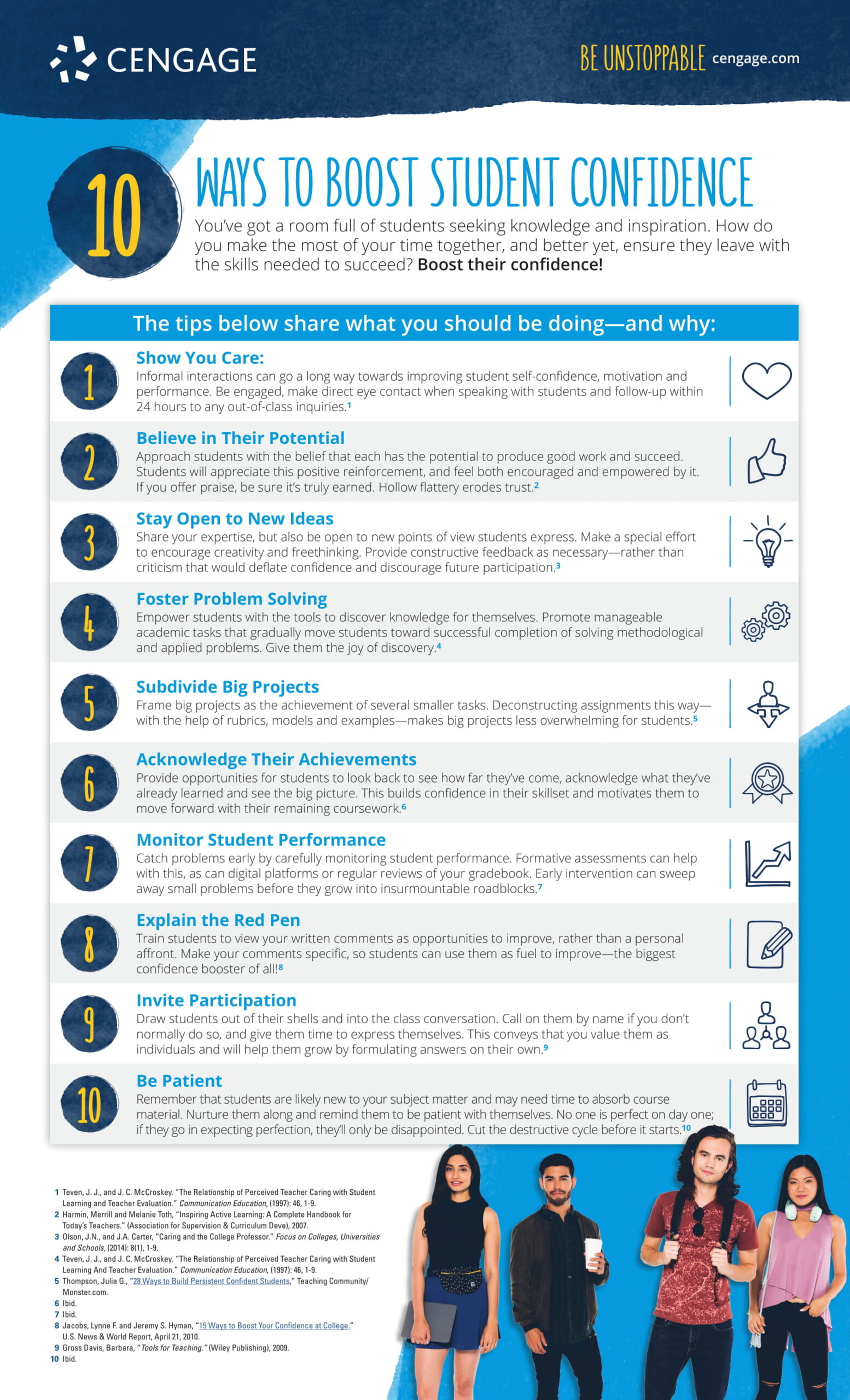Article Summary
- Be approachable.|Know the issues your students face. |Offer practical help and/or advice.|Get familiar with additional support systems that might help students.
- field_5cf83622ba22e
- field_5cf83622ba22e
Janet Mizrahi is a continuing lecturer of professional writing at the University of California, Santa Barbara. She is also an author at BizCommBuzz.
For many minority students, attending college is the culmination of years of dreams and hard work. However, it can also be a time fraught with feelings of inadequacy, alienation and discrimination.
Mentoring is one way faculty can mitigate some of the challenges facing minority students, many of whom are the first in their families to attend college.
A mentor is not a friend or an authority figure but rather a person who voluntarily helps guide another, passing along wisdom and success strategies. It’s someone who can be trusted and with whom the mentee feels safe.
Research shows that a mentor can make a significant difference in minority students’ graduation rates. Below are some strategies you can use to help mentor these students.
Be approachable.
You may think you are the embodiment of warmth and approachability, but for a first-generation or minority student, you are intimidating by virtue of your position. Many students are also hesitant to “bother” a faculty member or “waste their time.”
So, the onus is on you to examine yourself and your behavior and to address anything that may be keeping these students away from you. You should also be specific about how students can contact you—and reach out if they don’t.
If it turns out you’re the wrong person or resource for the student, try to find another faculty member who might be able to support the individual better.
Be aware of issues students face.
Minority students have unique challenges. On one hand, they can feel invisible because they are often overlooked. On the other hand, they are often viewed as representatives of their group—whether that is LBGTQ, persons of color or international students. This can make them, from their perspective, too visible.
For the mentor, these realities can be dealt with by treating the students’ reactions to their situations seriously rather than preaching about the difficulties inherent to inclusivity. If the student has a valid critique of an institutional ill, take steps to deal with it on an institutional, departmental or personal level.
Another important situation to be aware of is that students of varying backgrounds bring varying experiences. An African American student’s college experience may contrast greatly from a Latinx student’s, which may differ enormously from an international student’s situation.
Offer concrete help.
Commiseration is not enough. Offer practical advice. If another instructor has offended a mentee, show that student how to compose a thoughtful and respectful email to the professor. Help the student navigate your institution’s reporting systems for sexual harassment and other matters, too.
You might also direct minority students to networks of like students; most colleges have organizations where students can find solidarity and coping strategies.
Close the gap with additional support.
Finally, familiarize yourself with administrative support systems. Learn about student health and financial aid programs, food insecurity assistance, etc.
If your campus does not have a specific program for a particular problem, perhaps your community does. Be the bridge to close the gap between the student and the college community.
Helping minority students succeed in college is imperative to their path toward success in college and in life. It can also be a rewarding and memorable experience for the mentor. Try it!
One minority that’s rising in prevalence across higher ed: first-generation college students. Learn how I connect with this demographic, and how you can do the same in your courses.




